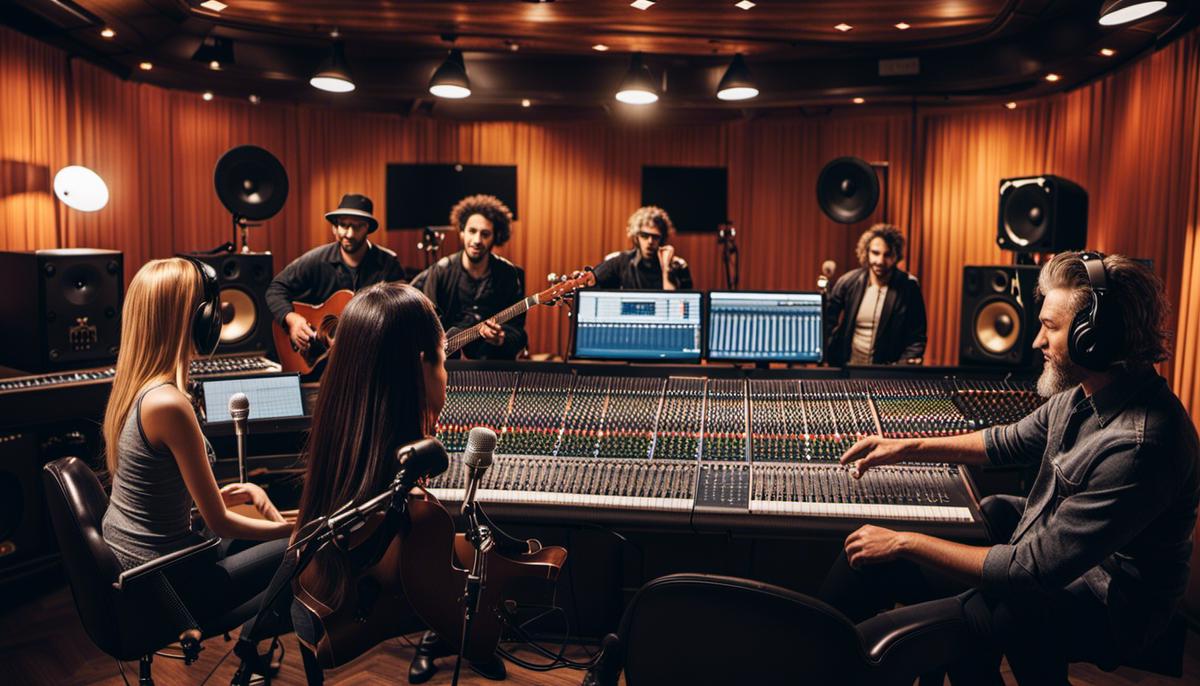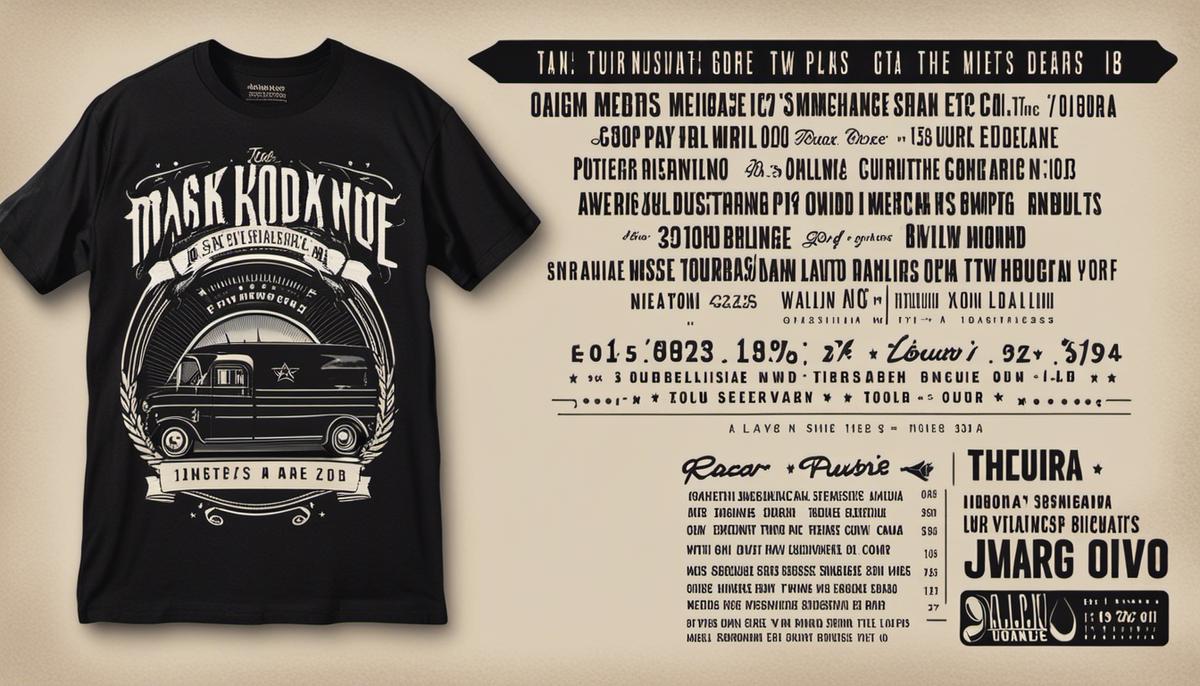The 5 Most Popular Music Publishers Around the World
Introduction to Popular Music Publishers There are several popular music publishers around the world. Each of these global music giants carries a unique history, extensive catalogue, and a vision that echoes through the songs they represent. In this article, we’ll highlight the significant contributors. Sony/ATV Music Publishing It’s quite a remarkable feat to think that … Read more









